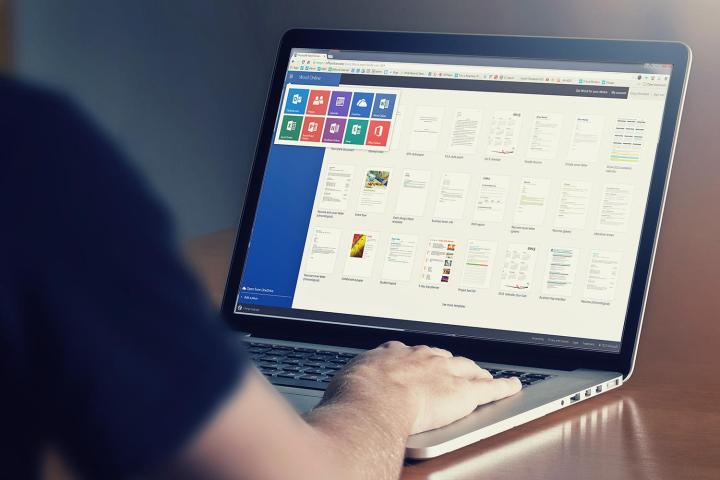
In a typical Locky attack, victims are emailed a Microsoft Word document disguised as an invoice that requires that a macro app be executed from within the word processor. By default, macros are disabled by Microsoft. If you happen to have enabled them yourself, though, a macro will open from within Word and download Locky to your computer, explained Palo Alto Networks in a blog post earlier this week.
Because of the similarity to a process used by Dridex, many reports are assuming that the developer behind Locky bears some affiliation with the banking software developer “due to similar styles of distribution, overlapping file names, and an absence of campaigns from this particularly aggressive affiliate coinciding with the initial emergence of Locky,” Palo Alto stated.
The way ransomware works is that files on the computer are usually encrypted at the user’s expense, literally, as the malicious software will take control of your personal data and then charge a fee for you to regain access.
It appears the coders behind Locky were planning an attack on a colossal scale. In fact, Palo Alto Networks claims to have uncovered 400,000 sessions that take advantage of the Bartallex macro application used by the ransomware in question.
Unlike other ransomware, Locky’s command-and-control infrastructure tries to employ a key exchange in memory prior to file encryption. Notably, PC World states that this could serve as a weak point for the ransomware.
“This is interesting, as most ransomware generates a random encryption key locally on the victim host and then transmits an encrypted copy to attacker infrastructure,” Palo Alto’s post explains. “This also presents an actionable strategy for mitigating this generation of Locky by disrupting associated” command-and-control networks.
Kevin Beaumont, who wrote a Medium post about the ransomware, points out that files affected by a Locky attack are, quite logically, labeled with a “.locky” extension.
Beaumont adds that for those users affected by Locky within an organization, “You will likely have to rebuild their PC from scratch.
Editors' Recommendations
- Windows 11 tips and tricks: 8 hidden settings you need to try
- Microsoft Copilot: tips and tricks for using AI in Windows
- Microsoft just gave you a new way to stay safe from viruses
- 5 features I’m itching to try in Microsoft’s ChatGPT-powered Edge Browser
- Microsoft is bringing ChatGPT to your browser, and you can test it out right now


